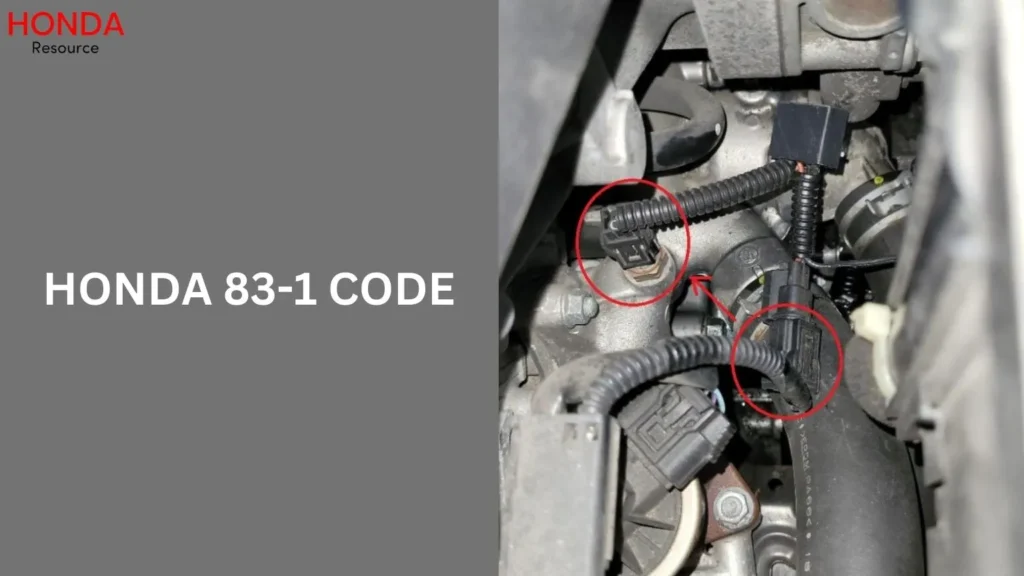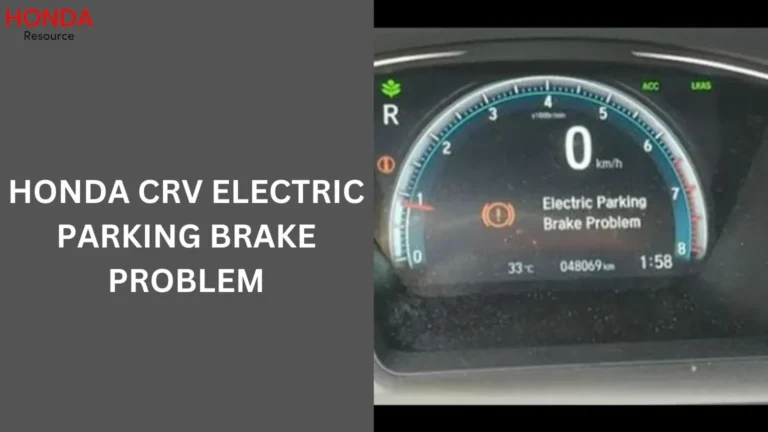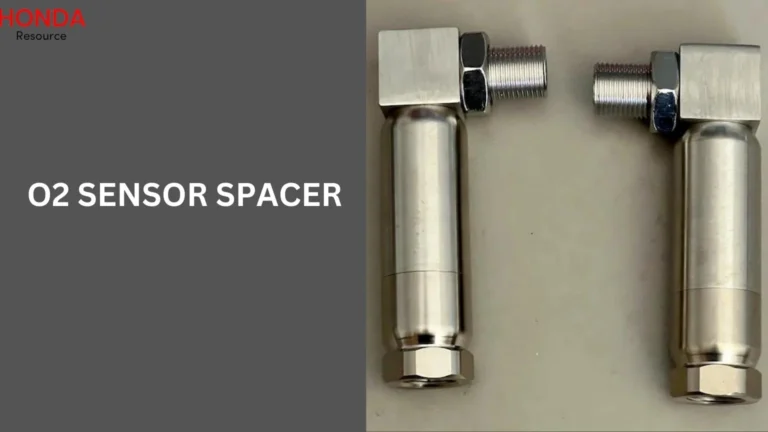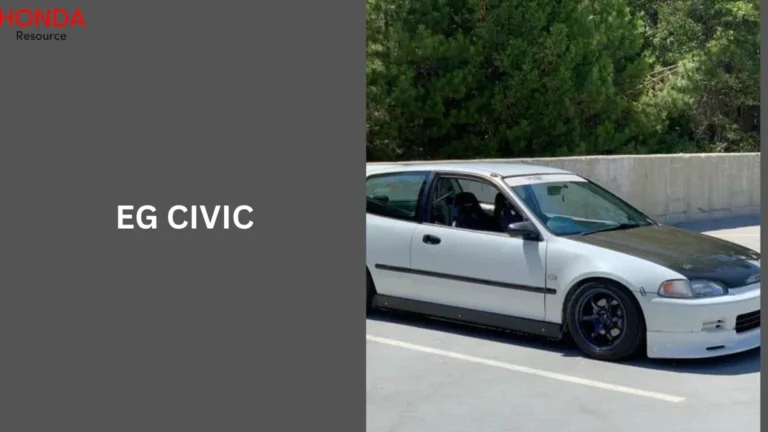Honda 83-1 Code (Mean, Causes & Fix) of 2024
If you’re a Honda owner, encountering diagnostic trouble codes (DTCs) can be concerning. One such code that might appear on your dashboard is the Honda code 83-1.
Understanding what this code signifies and how to address it promptly can save you time and money in repairs.

What Does Honda 83-1 Code Mean?
The Honda 83-1 code is a specific diagnostic trouble code that indicates a problem within the vehicle’s electronic system. It typically points to issues related to sensors, electrical circuits, or software malfunctions. When this code appears on your dashboard or during a diagnostic scan, it requires attention to prevent potential performance issues or further damage to your vehicle.
Common Causes of Honda Code 83-1
Several factors can trigger the Honda code 83-1:
Faulty Sensor or Component
One of the primary reasons for the Honda code 83-1 is a malfunctioning sensor or component within the vehicle’s electronic system. This could include sensors related to engine performance, emissions control, or transmission functions.
Electrical Issues
Issues with electrical circuits, such as wiring faults or loose connections, can also trigger the Honda code 83-1. These problems disrupt the proper functioning of sensors and electronic components, leading to diagnostic trouble codes like 83-1.
Software or Programming Glitches
Sometimes, software bugs or programming errors within the vehicle’s onboard computer systems can cause the Honda code 83-1 to appear. Updates or reprogramming may be necessary to resolve these issues effectively.
Symptoms of Honda code 83-1
When the Honda code 83-1 is present, you may notice several symptoms:
- Dashboard Warning Lights: The appearance of check engine lights or other warning indicators on the dashboard.
- Performance Issues: Decreased engine performance, rough idling, or difficulty shifting gears in automatic transmissions.
How to Diagnose Honda code 83-1?

Diagnosing the Honda code 83-1 involves using an OBD-II scanner to retrieve specific diagnostic trouble codes from the vehicle’s computer system. Additionally, pinpoint testing of relevant sensors and circuits may be necessary to identify the exact cause of the issue.
Here’s a step-by-step guide to diagnosing the Honda code 83-1:
Using an OBD-II Scanner
- Connect the OBD-II Scanner:
- Plug the OBD-II scanner into the diagnostic port of your Honda vehicle. This port is usually located under the dashboard on the driver’s side.
- Turn on the Ignition:
- Turn the ignition key to the “On” position without starting the engine. This allows the OBD-II scanner to communicate with the vehicle’s onboard computer system.
- Scan for Trouble Codes:
- Use the OBD-II scanner to retrieve diagnostic trouble codes (DTCs) stored in the vehicle’s computer. Look specifically for the Honda code 83-1 among the list of codes retrieved.
Pinpoint Testing
- Interpret the Code:
- Once the Honda code 83-1 is identified, interpret its meaning. The code typically points to a specific issue related to sensors, electrical circuits, or software glitches.
- Check Related Components:
- Perform visual inspections and checks on related components. This includes sensors associated with engine performance, emissions control, or transmission functions.
- Inspect Wiring and Connections:
- Inspect wiring harnesses and connections for signs of damage, corrosion, or loose connections. Electrical issues are common triggers for the Honda code 83-1.
Advanced Diagnostics (If Necessary)
- Advanced Scan Tools:
- Use advanced diagnostic tools if needed, such as oscilloscopes or multimeters, to test electrical signals and sensor outputs more precisely.
- Consult Technical Documentation:
- Refer to Honda technical manuals or online resources to understand specific diagnostic procedures and component specifications related to the Honda code 83-1.
Next Steps
- Address Identified Issues:
- Based on the diagnostic findings, address the identified issues. This may involve repairing or replacing faulty sensors, repairing wiring, or updating software as necessary.
- Clear the Code:
- After making repairs, use the OBD-II scanner to clear the Honda code 83-1 from the vehicle’s computer memory. This resets the system and allows you to monitor if the issue recurs.
Steps to Fix Honda code 83-1

Once diagnosed, addressing the Honda code 83-1 involves several steps:
Resetting the Code
In some cases, simply resetting the code using an OBD-II scanner can clear the diagnostic trouble code. However, this may only be a temporary solution if the underlying issue persists.
Repairing or Replacing Faulty Components
If a faulty sensor or component is identified as the cause of the Honda code 83-1, repair or replacement may be necessary. This could involve replacing sensors, repairing wiring, or addressing software issues through updates or reprogramming.
Preventive Measures for Honda code 83-1
To minimize the likelihood of encountering the 83-1 code in the future, consider the following preventive measures:
- Regular Maintenance Checks: Schedule routine maintenance to ensure all vehicle systems are functioning correctly.
- Keeping Software Up to Date: Stay informed about software updates or recalls related to your vehicle’s electronic systems.
People also ask
What is the code 83-1 on a 2005 Honda Accord?
The code 83-1 on a 2005 Honda Accord typically indicates a problem related to the electrical system, often involving sensors or wiring issues. It requires diagnosing with an OBD-II scanner to pinpoint the exact cause, which could range from faulty sensors to electrical circuit problems. Addressing this code promptly can prevent potential performance issues and ensure your vehicle operates smoothly.
What is the code 83-1 on a 2007 Honda Odyssey?
The code 83-1 on a 2007 Honda Odyssey indicates an issue with the electrical system, commonly related to sensor malfunctions or wiring faults. It’s essential to diagnose this code using an OBD-II scanner to identify the specific problem area and address it promptly to maintain optimal vehicle performance.
What is error code 83 111 on Honda?
Error code 83-111 on a Honda typically refers to a fault in the vehicle’s electronic control unit (ECU) communication or programming. It may indicate issues with data communication between various modules or a malfunction within the ECU itself. Diagnosing this code requires advanced diagnostic tools to pinpoint the exact cause and may involve software updates or component replacements to resolve the issue effectively.
What is the code 83-11 on a Honda engine?
The code 83-11 on a Honda engine usually indicates an issue related to the vehicle’s electronic control unit (ECU) or communication system. It typically signifies a fault in data communication between different components or modules within the vehicle’s electronic network. Diagnosing and resolving this code often involves using diagnostic tools to identify specific wiring issues, sensor malfunctions, or potential software glitches affecting the ECU’s operation.
Conclusion
In Conclusion, Understanding and addressing the Honda code 83-1 promptly can prevent potential vehicle performance issues and costly repairs. By diagnosing the underlying cause and taking appropriate steps to resolve it, you can maintain the reliability and efficiency of your Honda vehicle.

I’m Henry Leclerc, a passionate professional car mechanic with a deep love for Honda cars. With years of hands-on experience and extensive knowledge about all Honda car models, I’ve created this website to share my expertise and help fellow Honda enthusiasts keep their vehicles in top-notch condition.






